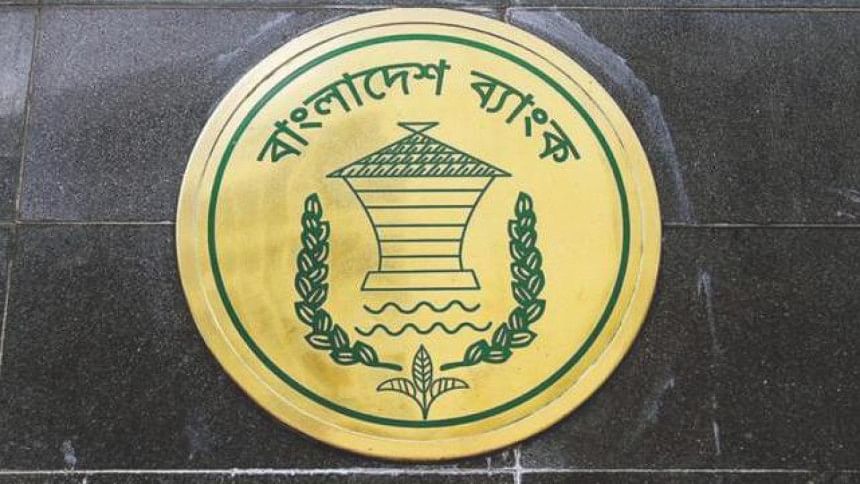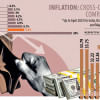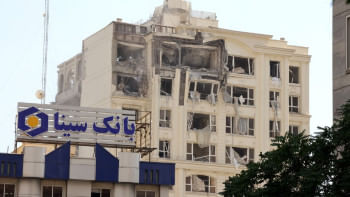BB unveils a cautiously optimistic monetary policy

The central bank yesterday unveiled a cautiously optimistic monetary policy for the second half of the fiscal year, keeping room to provide adequate supply of quality credit to support the growth and inflation targets.
The private sector credit growth ceiling has been brought down 30 basis points to 16.50 percent, which is sufficient to generate a 7.80 GDP growth desired by the government for this fiscal year. However, in December 2018 private sector credit growth stood at 13.30 percent, which is lower than the ceiling of 16.80 percent.
Bangladesh Bank Governor Fazle Kabir expressed hope that investment would pick up in the second half of the fiscal year as the parliamentary elections have concluded without giving any trouble to the productive sectors.
The central bank has increased the public sector credit growth ceiling to 10.9 percent for the second half of the fiscal year from its previous projection of 8.5 percent considering the uptick in the first half.
In recent years, public sector credit growth remained negative as the government met most of its borrowing requirements from savings tools.
But from the first half of this fiscal year, growth picked up and exceeded 13 percent in December last year as the government ramped up the pace of expenditure, with emphasis on improving project implementation.
"Heavy reliance on non-market instruments like national savings certificates significantly reduces the two-way flexibility of interest rates and complicates the monetary policy transmission channels," according to the monetary policy statement.
The rate of interest on savings certificates is about 12 percent, in contrast to 6 to 7 percent offered by banks on their deposit products.
The MPS called for market rate-linked rationalisation of the pricing of national savings certificates for market development and fiscal discipline.
The Bangladesh Bank has also given importance to dousing inflationary pressures as core inflation—which is an indicator of underlying long-term inflation—is on the way up.
Core inflation, which does not include food and fuel prices, shot up to 4.52 percent in December last year from 3.74 percent from six months earlier.
"Even though inflation is below the fiscal target of 5.60 percent, there is no scope for relaxation because of the upward trend of core inflation," Kabir said while unveiling the MPS.
In its monetary policy statement, the central bank has projected the country's GDP growth will remain in the range of 7.5 to 8.2 percent in fiscal 2018-19.The central bank has given priority to bringing down the default loan by ensuring corporate governance in the financial sector.
The ratio of non-performing loans in the banking sector stood at 11.45 percent of the outstanding loans as of September last year, which added an extra 1 percentage point to the interest rate on lending.
The foreign exchange reserve may also face pressure between January and June because of import payments, Kabir said.
Ahsan H Mansur, executive director of the Policy Research Institute, said the banking regulator should offer flexibility to the foreign exchange market with the view to averting the pressure on reserves.
The unnecessary import of goods would be barred if the central bank stops injecting dollar into the market.
"The central bank will have to take measure to fix the interest rate on both lending and deposit to keep up with the market demand. Otherwise, implementation of monetary policy will be difficult," he added.

 For all latest news, follow The Daily Star's Google News channel.
For all latest news, follow The Daily Star's Google News channel. 








Comments